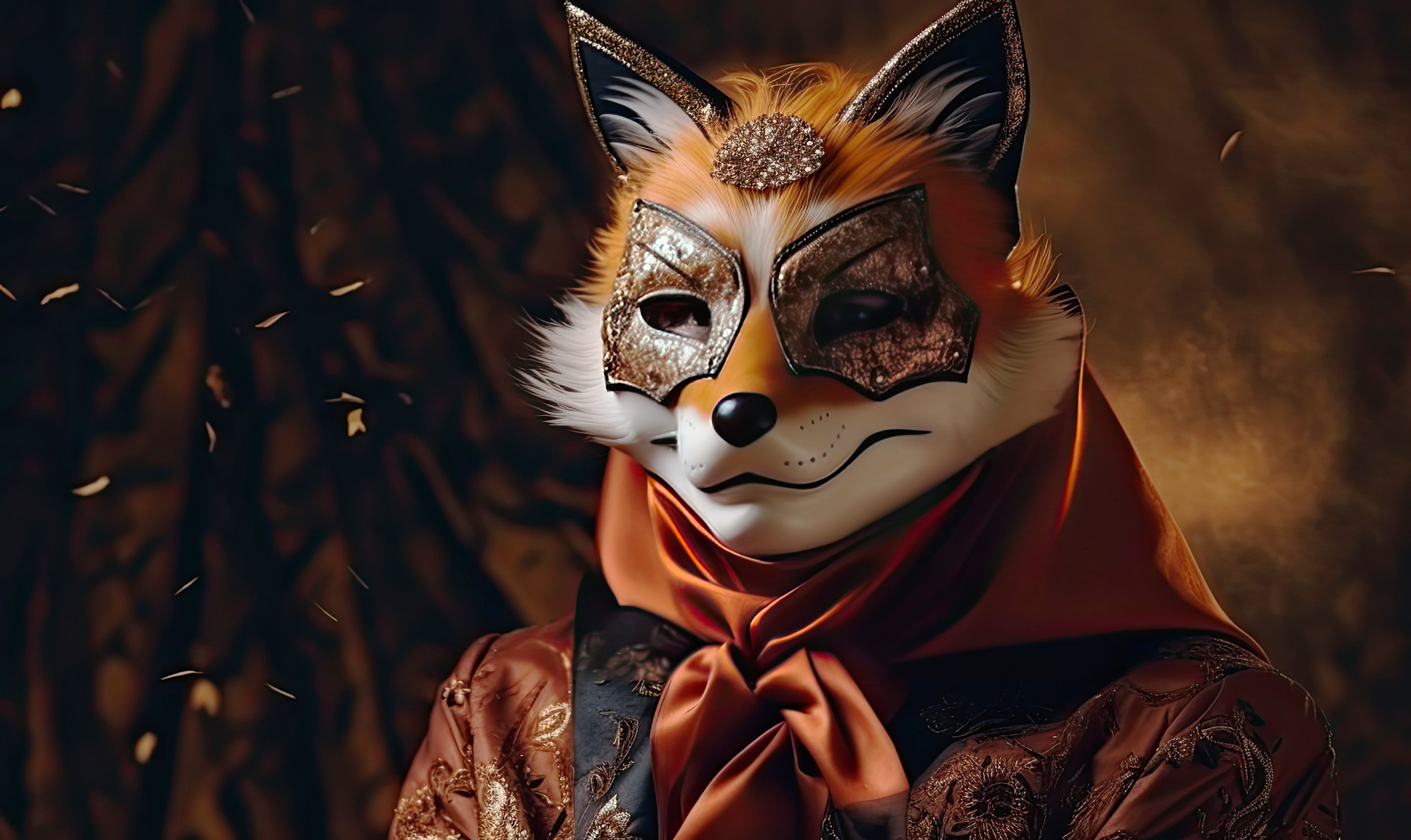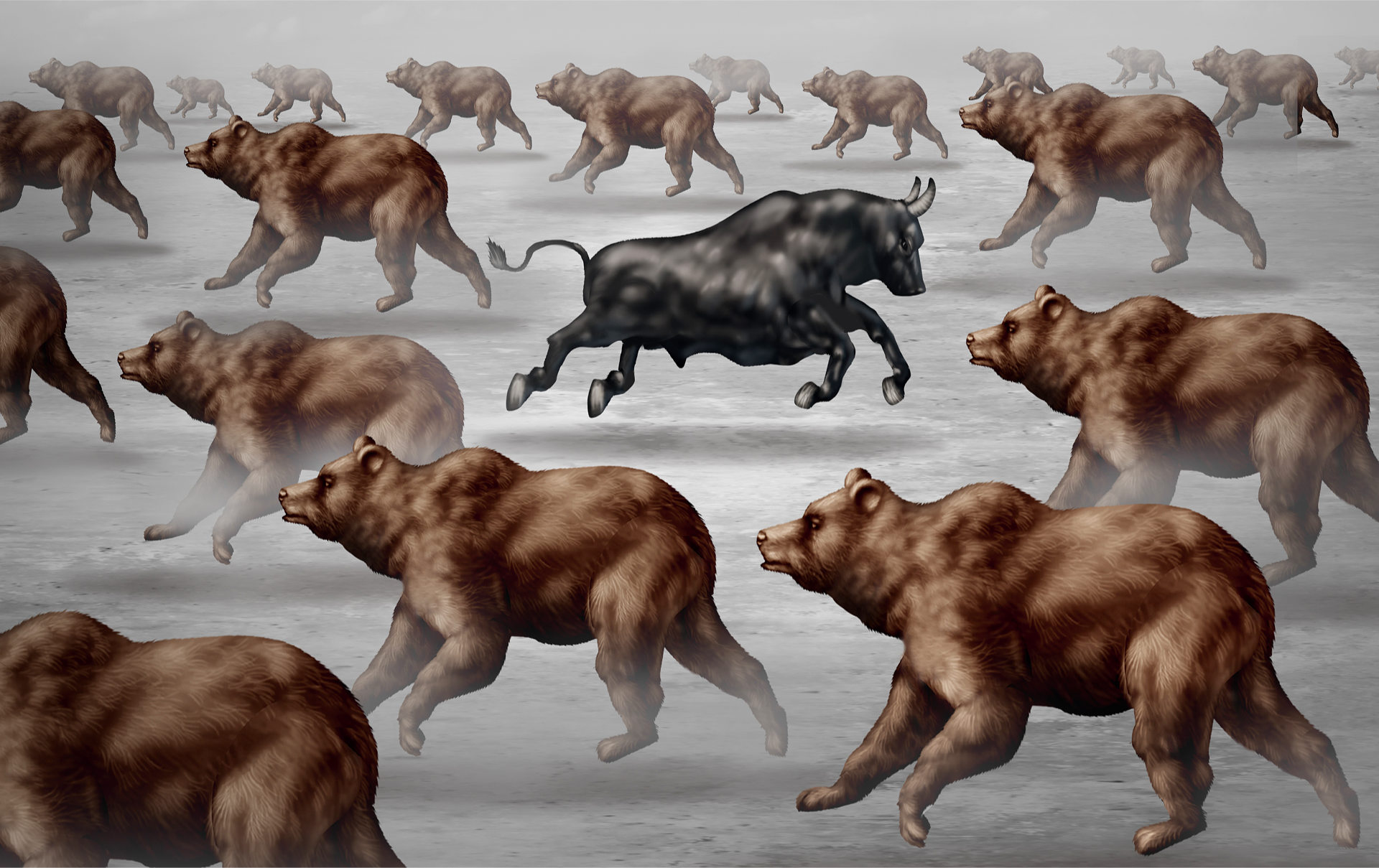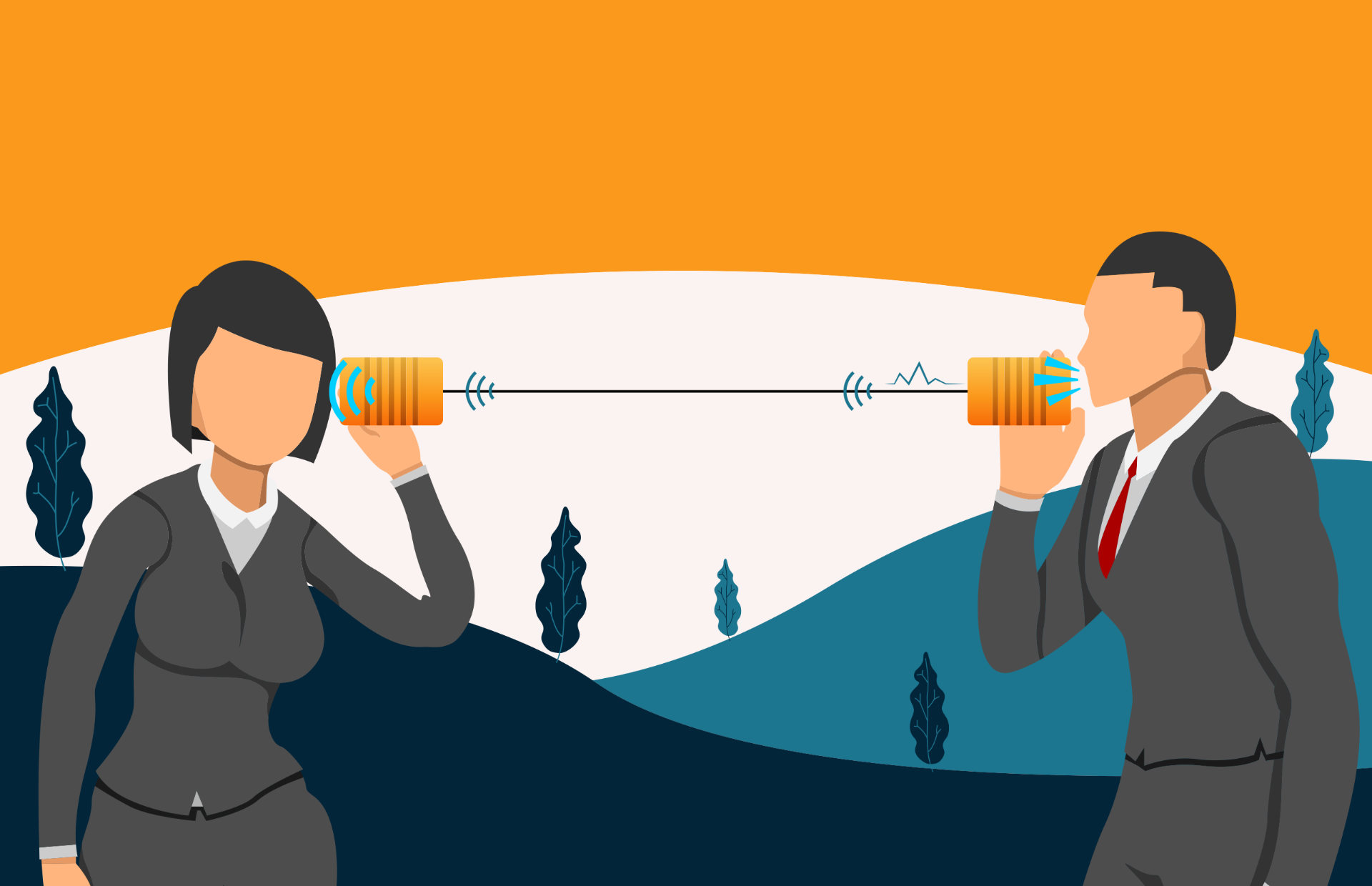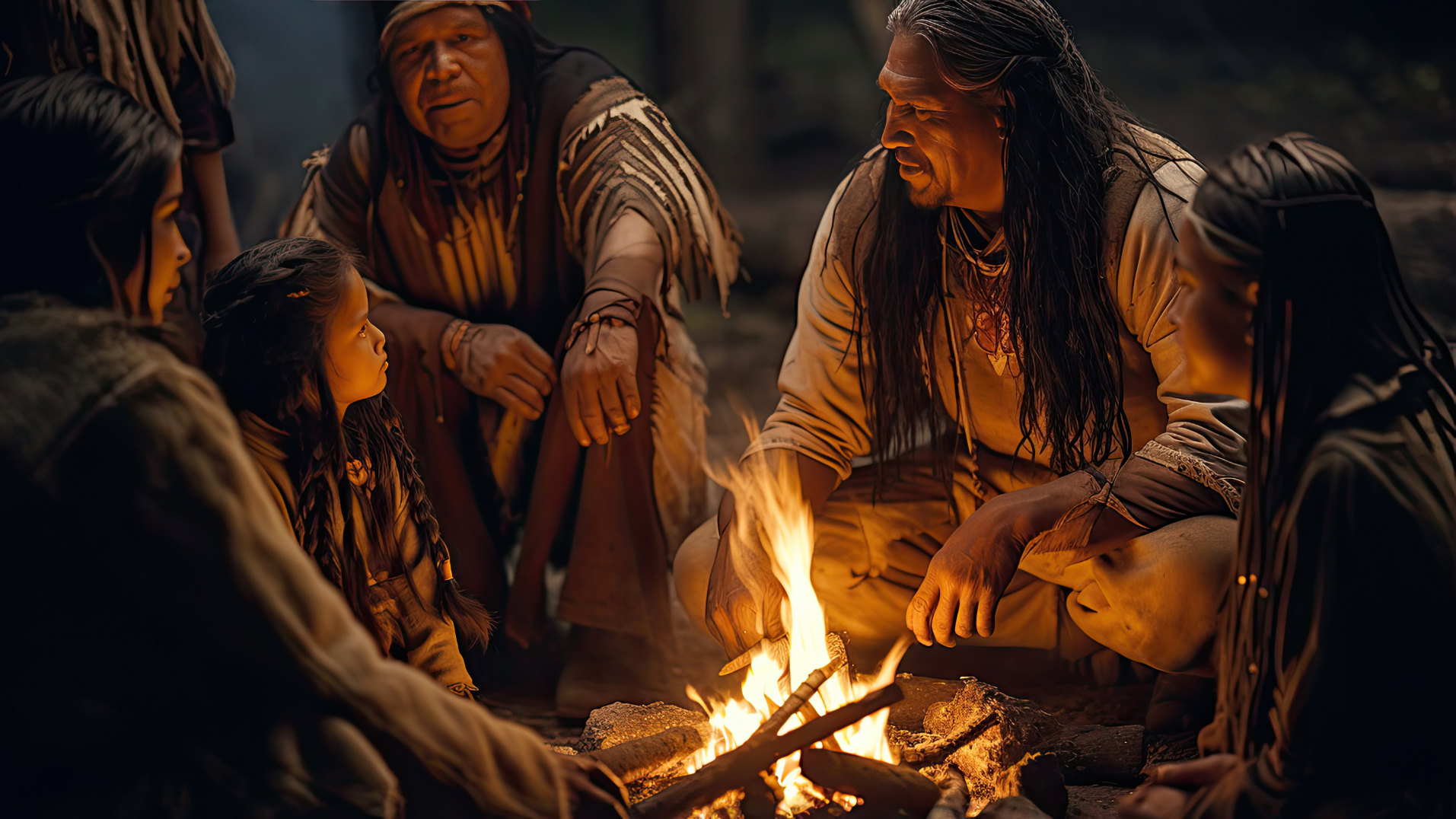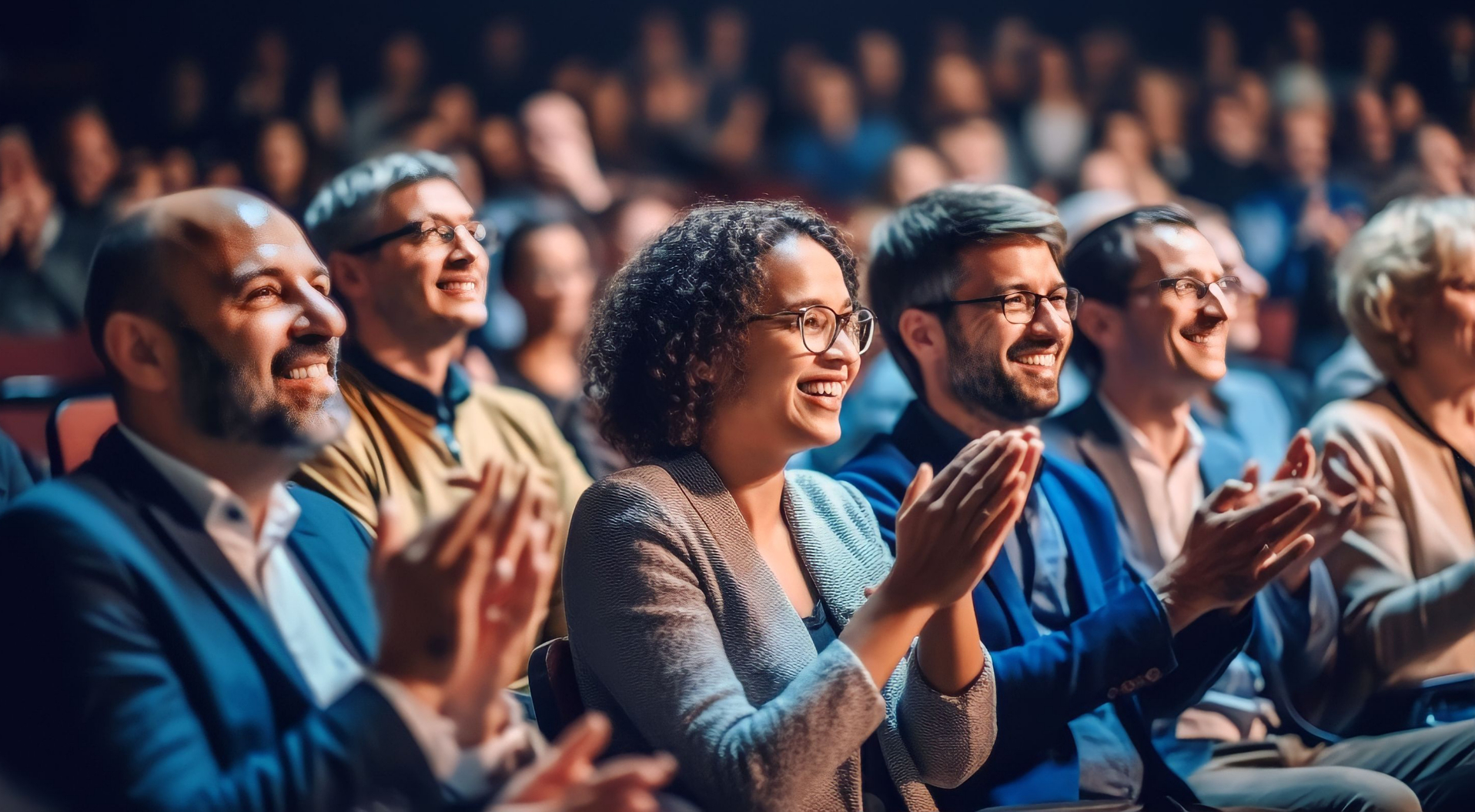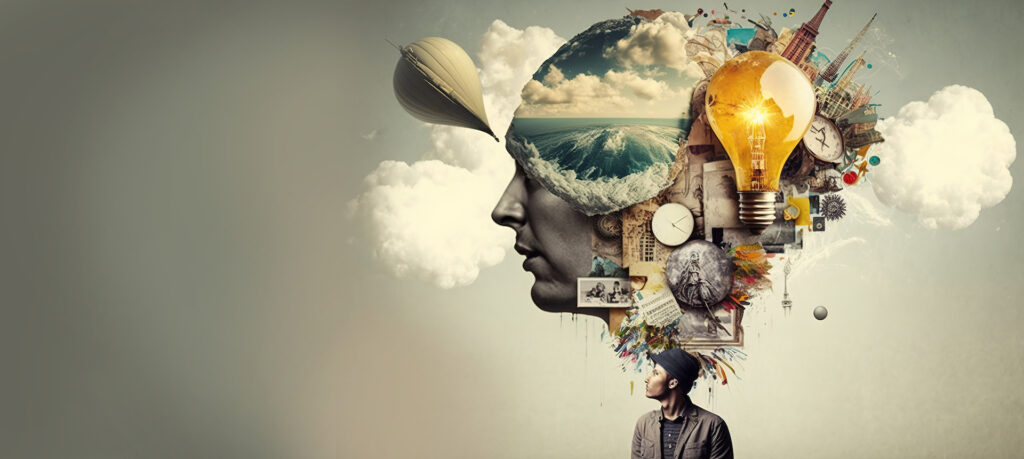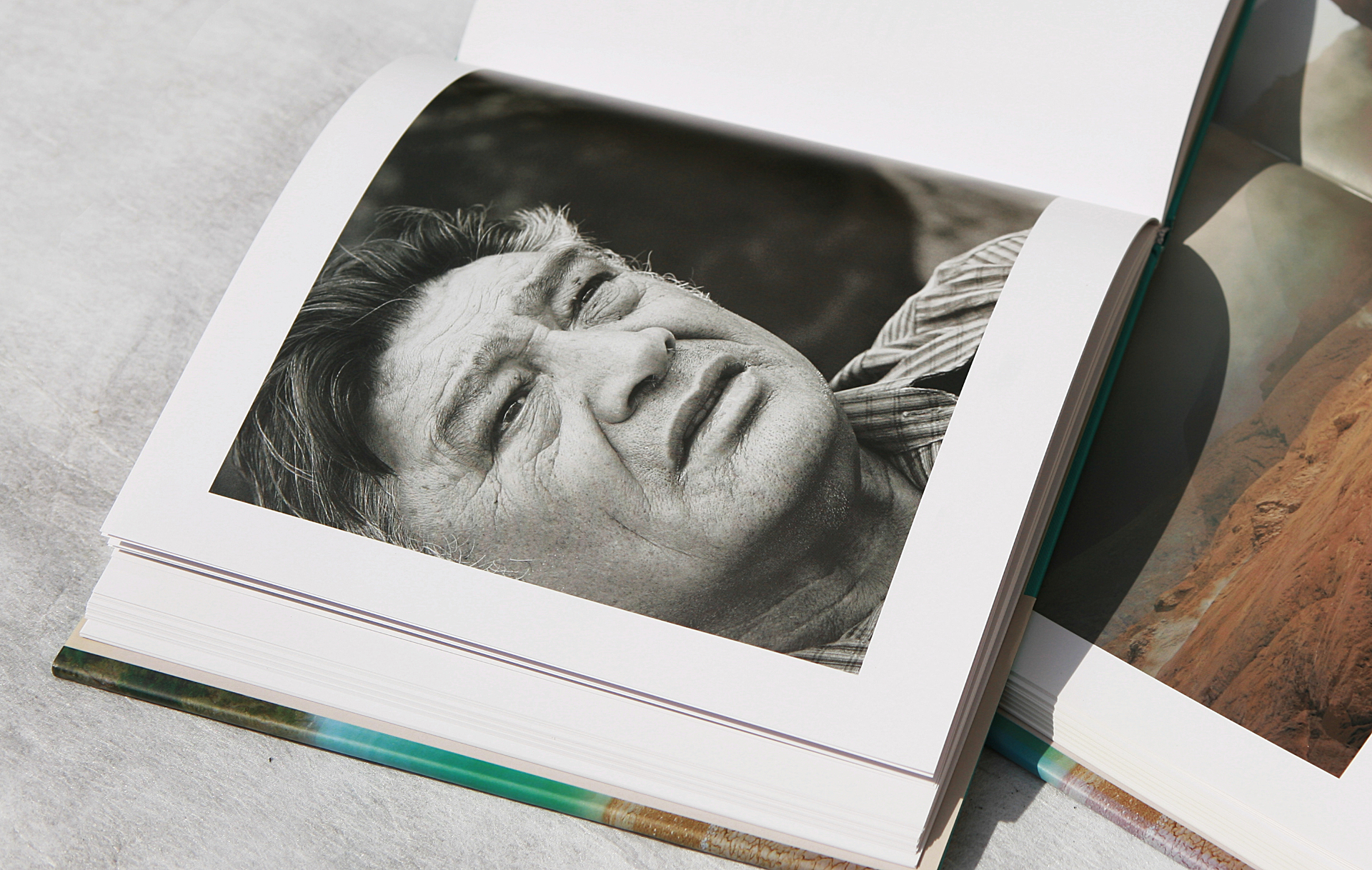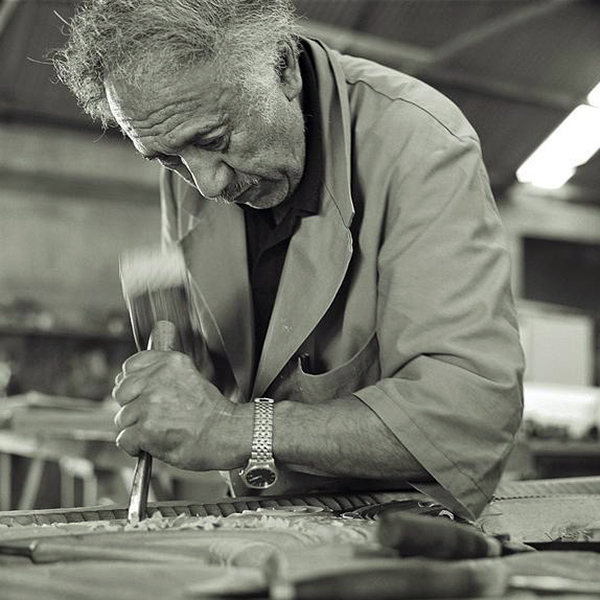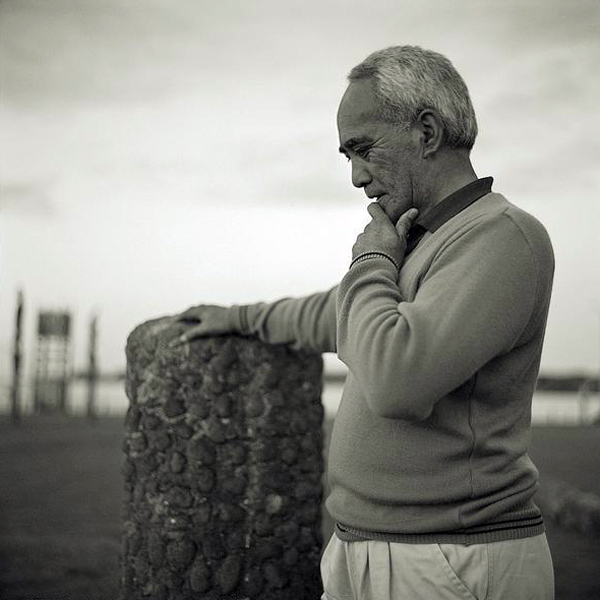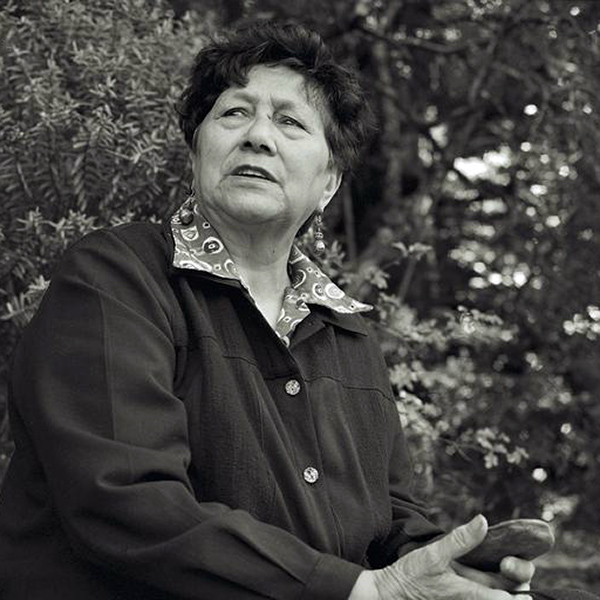12 Feb The modern trickster: the multifaceted role of a creative partner
Ever came across an obstacle that seemed insurmountable? What helped in getting past it?
Whether they manifest as creative bottlenecks, strategic conundrums, or operational impasses, such obstacles often require something other than conventional problem-solving strategies. An outsider’s view, wrapped in layers of multi-domain experience, can help.
Enter the the creative partner, a dynamic and multifaceted individual whose expertise spans across domains and disciplines. This modern trickster offers a polymathic approach; only through the integration of diverse perspectives and methodologies can a creative partner draw connections and illuminate solutions that lie beyond the reach of traditional thinking.
The role of a creative partner often commences with an engagement that finds its roots somewhere between communication and design. However, for the engagement to truly be of value, it quickly transcends these initial boundaries, extending into deeper discussions about strategy, culture, purpose, and what truly matters to the organisation. This evolution reflects the essence of a creative partner’s contribution – not just to embellish or streamline communication but to fundamentally rethink and reshape the organisation’s approach to its challenges and opportunities. You can communicate effectively only once you have fully understood the nature of what you are doing – and that is often very difficult if you are, naturally, constrained by the insider’s perspective. Challenges may not be truly challenging; same-think can start to creep in.
A creative partner’s strength lies in their ability to navigate various fields, from art and design to mythology and human relationships, and make connections, draw comparisons and offer cross-pollinated insights. And in today’s world it needs to be supported by a firm grasp of what technology makes possible. Not a Jack-of-All trades and Master-of-None; a Master-of-Enough trades and wearer of many hats.

This versatility is crucial for drawing connections between seemingly disparate concepts and for helping teams uncover possible innovative solutions that span different areas of expertise. It’s this broad-ranging capability that enables the tricksters to tackle the fundamental question of how to address complex challenges in novel ways.
The trickster is a shapeshifter. They can function as a mirror, reflecting the team’s surface to itself, or a bridge – connecting disparate ideas enabling that team to cross into new realms. They can be a magnifying glass, a zoom lens, or a jumping board. And they do this all at once, switching from one modality into another, as is required at the time.
No, this is not magic. It’s simply a way of operating which allows for multiple inputs to be put through multiple thought processes, communicating all the way, so as to reflect the current reality to the client team in a way that is non-obvious, and may lead to new insights. Or making new connections between existing insights that may have been forgotten.
At the heart of a creative partner’s toolkit is the concept of “visual thinking” – a suite of methods designed to render visible that which is inherently invisible. This encompasses a broad array of techniques aimed at rendering abstract concepts, such as emotions, human connections, and intricate ideas, into tangible forms. Through graphing, illustrations, collages, and even police-style “crime boards,” visual thinking bridges the gap between abstract thought and concrete understanding. Modelling with materials like balsa wood or plasticine further allows for the exploration of ideas in a physical space, offering a hands-on approach to problem-solving and concept development.
Visual thinking serves a dual purpose: it not only facilitates a deeper understanding of complex issues but also fosters a safe, playful, collaborative environment where team members can contribute and engage with ideas in a more meaningful way. By making thoughts, feelings, and connections visible, a creative partner can guide teams through a process of discovery and innovation, leading to breakthroughs that would have been hard to achieve – certainly slower – through words or numbers alone.
The journey of a creative partner within an organisation or a project is one of transformation. It begins with a deep dive into the heart of the challenge, employing a diagnostic eye to uncover the underlying issues that hinder progress. From there, the creative partner introduces new perspectives and creative methodologies, steering the team away from conventional approaches and towards innovative solutions. Workshops and sessions become arenas for experimentation and creativity, where ideas can be visualised, tested, and refined – and methods from the arts such as theatre, music or dance may be also used effectively.
Over time, the engagement of a creative partner can evolve into a long-term collaboration, marked by regular feedback, adjustments, and continued innovation. This enduring partnership ensures that the seeds of creativity planted in the early stages of the engagement flourish into sustainable strategies and practices that drive the organisation forward. This role and this methodology are as useful in HR as they are in product development; in strategic visioning as in answering concrete questions.
There’s another layer to its usefulness. In today’s rapidly evolving landscape, the broadening of horizons has become a mandatory process for organisations that wish to remain successful. It’s no longer sufficient to merely hone industry-specific skills; there’s a growing need to expand one’s imagination and creative capabilities. Engaging with a creative partner facilitates this expansion, encouraging individuals and teams to explore beyond their traditional boundaries and to cultivate a culture of continuous learning and innovation. By doing so, they effectively enrich their own perspectives and enhance their ability to respond to future challenges with agility and creativity.
The role of a creative partner is indispensable in navigating the complexities of the modern world. By wearing many hats, switching perspectives, zooming in and out of issues and using a diverse toolkit these tricksters illuminate paths forward that were previously hidden. Their ability to render the invisible visible and to connect ideas across disciplines makes them invaluable allies in the quest for innovation and growth.



